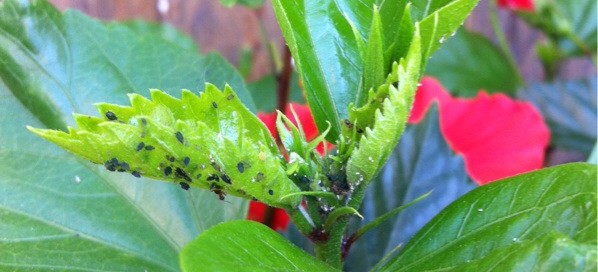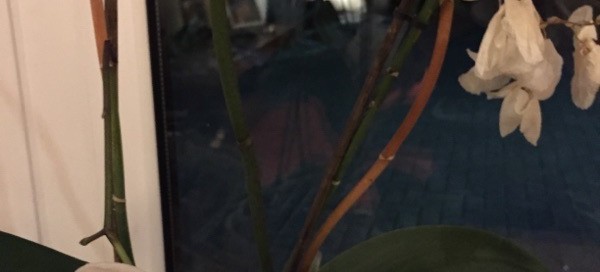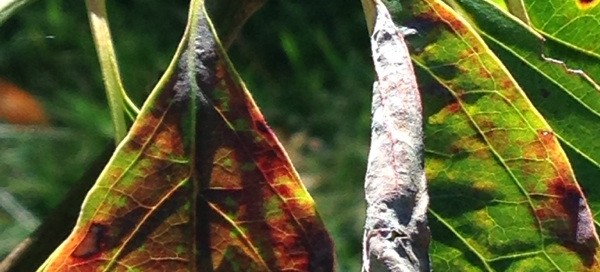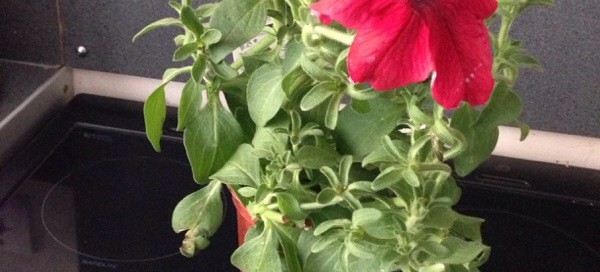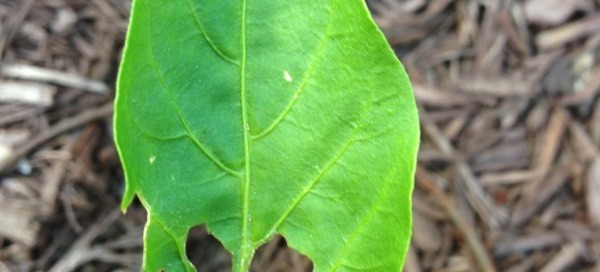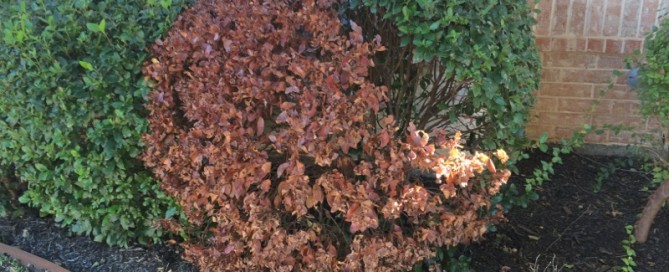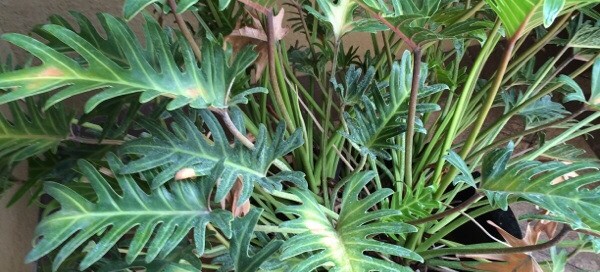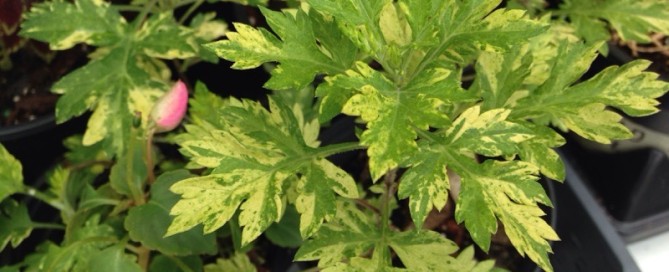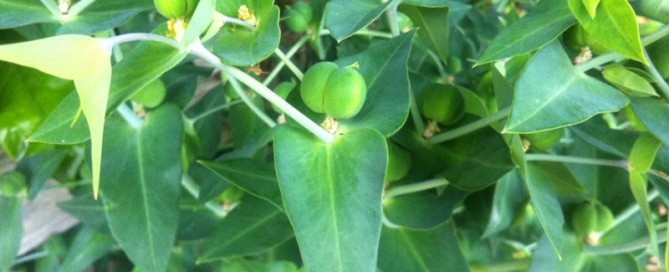Aphids
Aphids are piercing, sucking insects and suck the chlorophyll out of plant leaves. When the insect population on one plant is very high, this can make the plant weak and open it up to infection by other pathogens. The Aphids excrete "honeydew" which attracts ants and provides the perfect environment for the growth of a sooty mold fungus onthe leaf surface. This mold reduces the amount of sunlight that reaches the leaf cells and reduces photosynthesis, which of course affects the plants ability to produce new leaves and flowers. We've included a link about Aphids, but at this stage you can either pick them off (swipe them off) by hand, or you can use a pesticidal soap; they're available at your local garden center. You'll need to follow the label directions and make sure the plants are well watered before you spray them. You may need to follow-up with more sprays, but again be sure to follow the label directions for best results.
http://www.ipm.ucdavis.edu/QT/aphidscard.html
Scroll down to the bottom of this page and click on the Read More About Aphids link for more detailed info.
